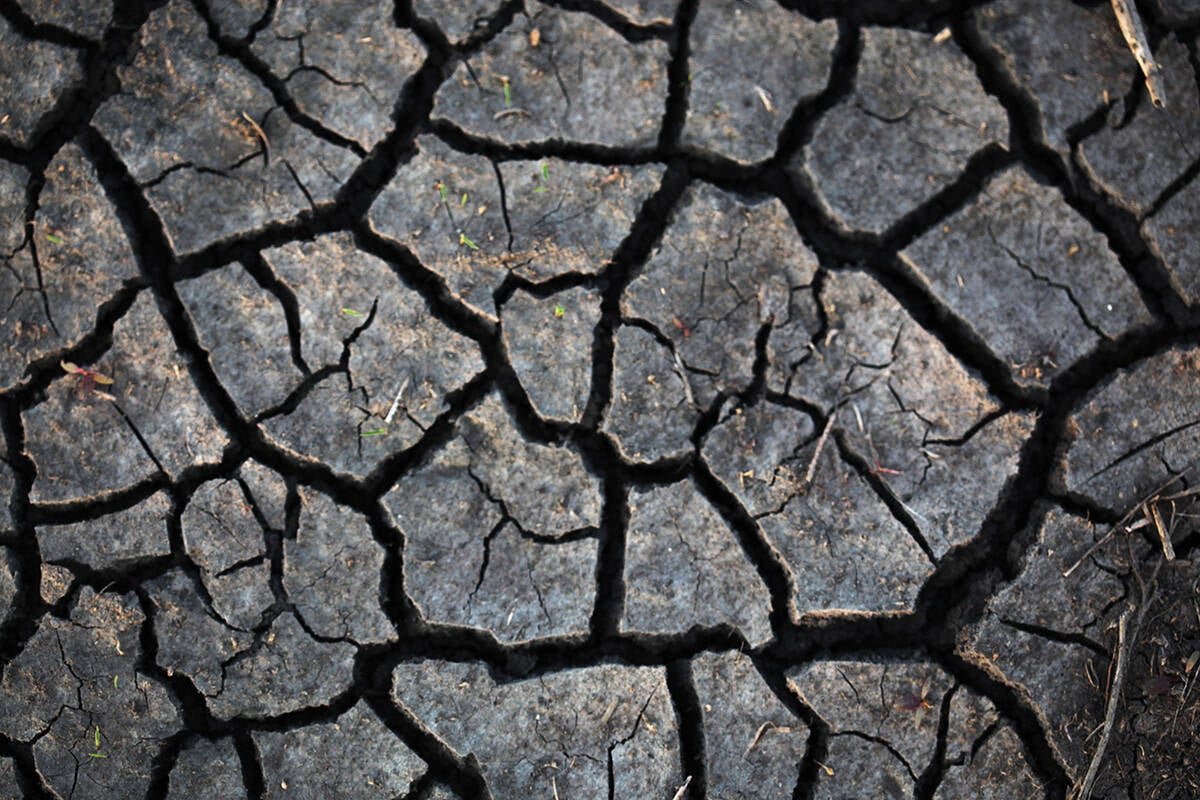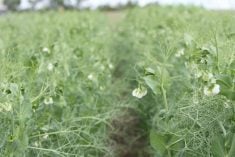A lot of average-looking crops are growing around the world, putting farmers in the dry Canadian Prairies at a relative disadvantage this year.
Prairie farmers aren’t alone in their fight with dry soils. Some Australian and Chinese farmers are also struggling with drought, but overall world crops are not suffering critical problems.
U.S. spring wheat is going into the soil quickly, with more than 30 percent planted by the end of April, the Canadian Wheat Board estimates.
Montana and western North Dakota are dry like Alberta and western Saskatchewan, but eastern North Dakota, South Dakota and Minnesota have better conditions.
Read Also

Prairies have variable soil moisture conditions
The dry weather in the west was welcome for preserving grain quality and advancing harvest, but it has resulted in very dry soil moisture conditions.
U.S. winter wheat is now heading. Crops in western Kansas, the Texas and Oklahoma panhandles and western Nebraska are dry, but east of these areas crops look average to above average.
Last week a Kansas winter wheat tour projected that state’s crop at 355 million bushels.
The tour last year at the same time forecast the crop at 364 million bu., but farmers wound up harvesting 480 million bu. thanks to good weather in May.
U.S. corn and soybean seeding has been helped by the relatively dry conditions. Spring rain can keep farmers out of the fields, but this year they have been making good time. Soybean planting is beginning and the majority of corn seeding is done.
The dryness is not a major concern. Droughts in the corn-soybean belt are more rare than on the Great Plains, said weather analyst Bruce Burnett of the wheat board.
Fall cereals are now being planted in South America. Brazil and Argentina have good soil moisture from harvest rains that were a problem for the mature soybean crops but left ideal conditions for the winter wheat crop that will be harvested between October and December.
Outlook promising
In Europe, good conditions prevail, with winter crops heading and spring crops planted and now developing.
In the Mediterranean basin, durum is growing well because of excellent rains. North African durum is headed and filling, Moroccan durum is near harvest and southern European durum is approaching heading.
Winter wheat in the former Soviet Union survived winter without much winterkill and has generally adequate moisture, although some areas of Ukraine are dry. Spring wheat in Kazakhstan and Siberia is being sown.
Indian and Pakistani crops are almost finished harvest, with good but not exceptional yields produced by good monsoons followed by a heat wave.
The Australian winter wheat crop needs more moisture, so farmers are holding back seeding until rains come. Eastern Australia is still dry.
Most of China has adequate mois-ture and winter wheat crops are heading, with southernmost crops being harvested now. Manchuria, in China’s northeast, is dry.
Farmers there are planting corn and soybeans.















